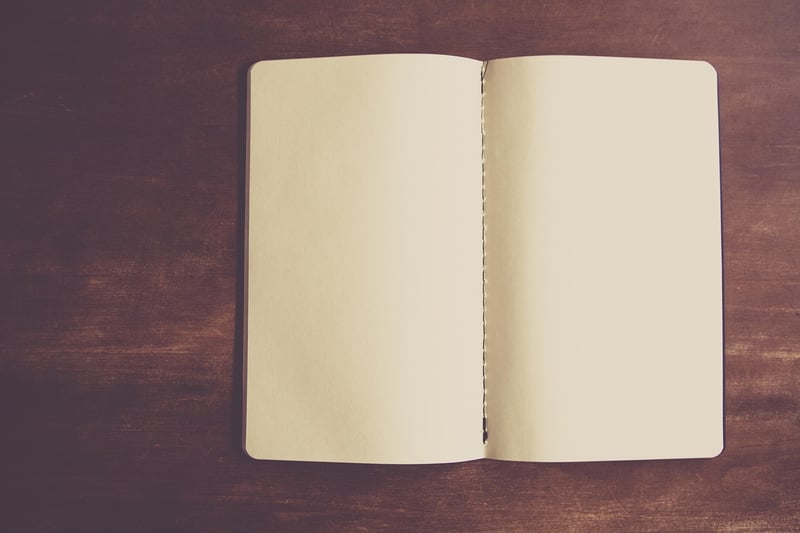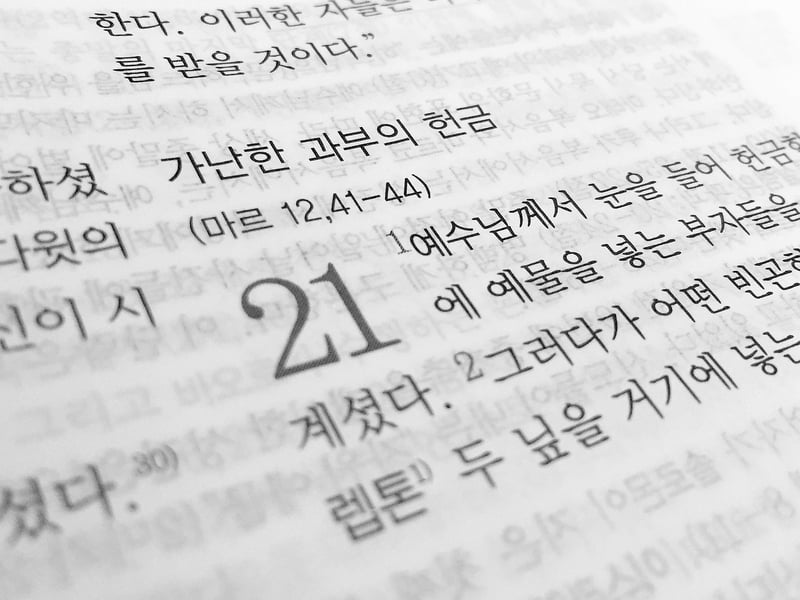Language Translation
Mastering Time Jumps in Writing

Time jumps in writing can add depth and complexity to your narrative, allowing you to explore different timelines and perspectives. However, mastering this technique requires careful planning and execution. Follow these tips to effectively incorporate time jumps into your writing:
1. Establish Clear Transitions
Ensure smooth transitions between different time periods to help readers navigate the shifts in time. Use transitional phrases or symbols to signal a change in timeline.
2. Maintain Consistent Narration
Keep a consistent narrative voice to guide readers through the time jumps. Maintain clarity in your storytelling to prevent confusion about the timeline.
3. Develop Character Arcs
Use time jumps to develop character arcs by revealing how past events influence present actions. Show character growth or regression across different timelines.
4. Build Tension and Suspense
Utilize time jumps to create suspense by revealing critical information gradually. Keep readers engaged by strategically revealing clues from different time periods.
5. Consider Cultural Context
Be mindful of cultural references and historical context when incorporating time jumps. Ensure that the shifts in time align with the overall theme and setting of your story.
6. Seek Feedback
Share your writing with beta readers or writing groups to gather feedback on how effectively the time jumps are integrated into your story. Use constructive criticism to refine your approach.
By following these guidelines, you can master the art of time jumps in writing and create compelling narratives that captivate readers across different timelines.
Remember, practice makes perfect, so experiment with time jumps in your writing and refine your technique over time.
